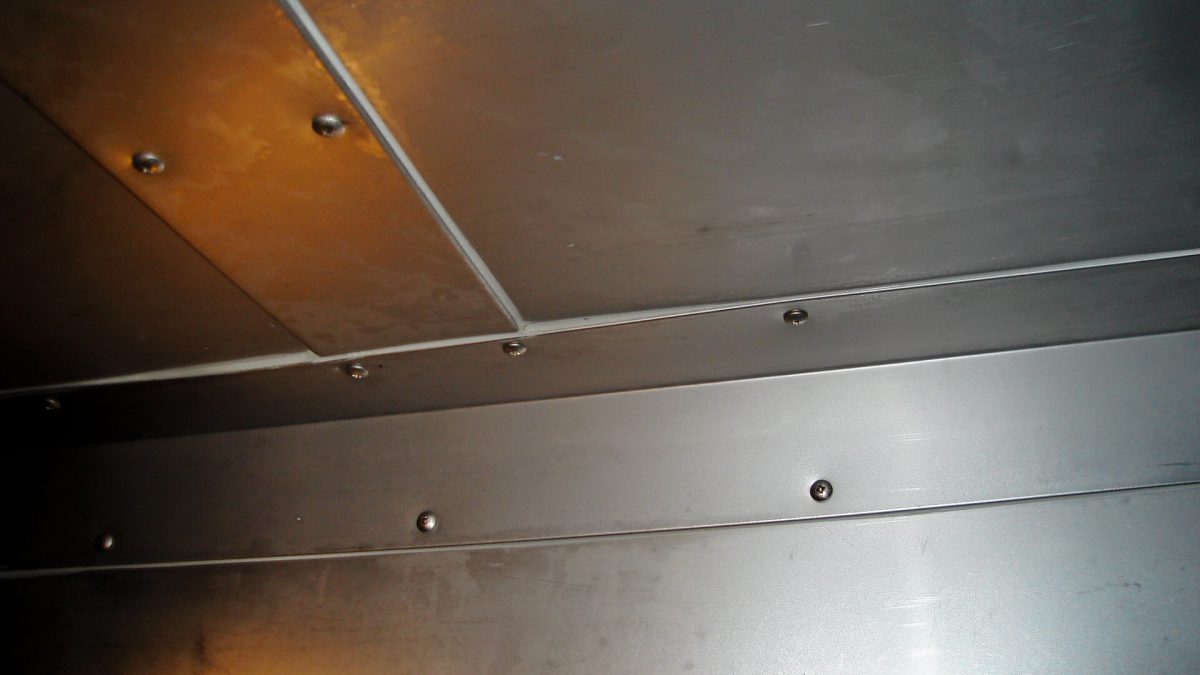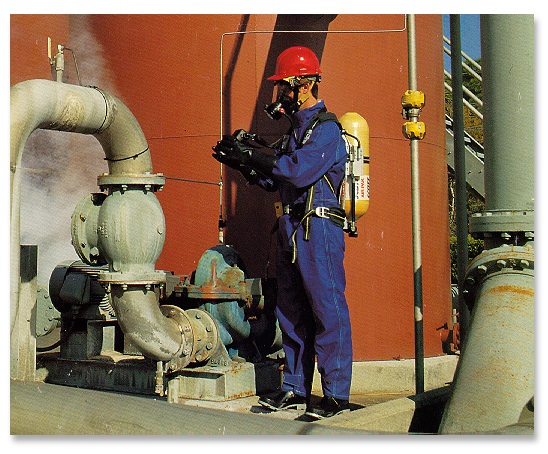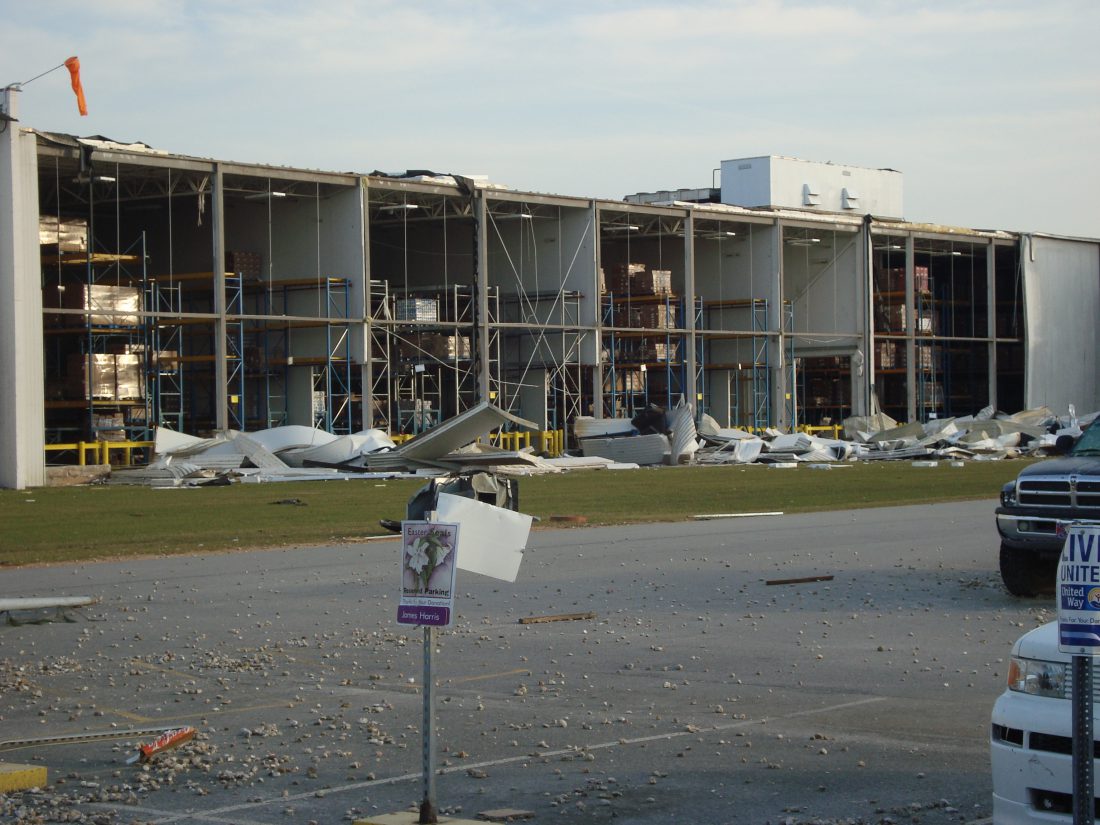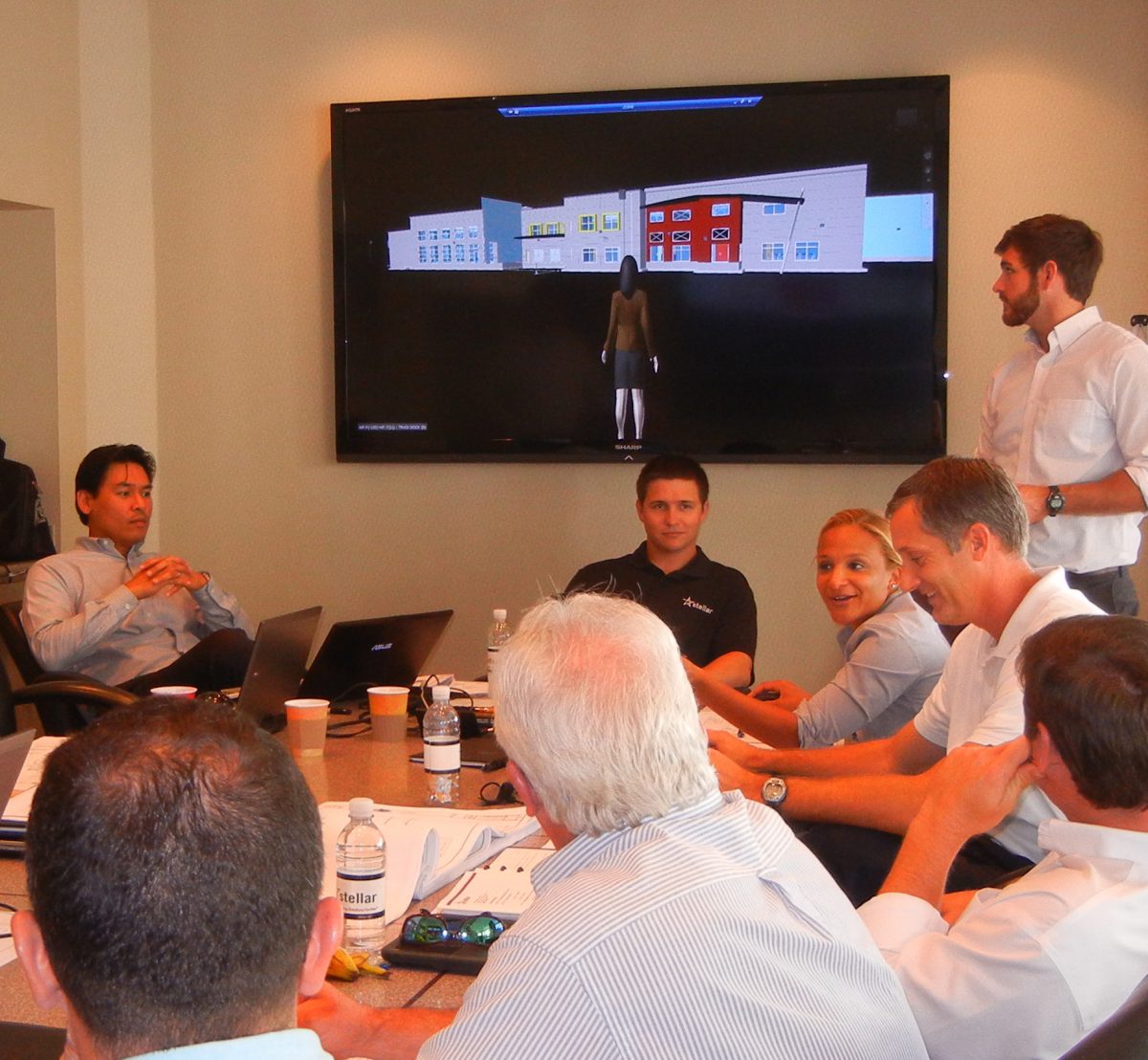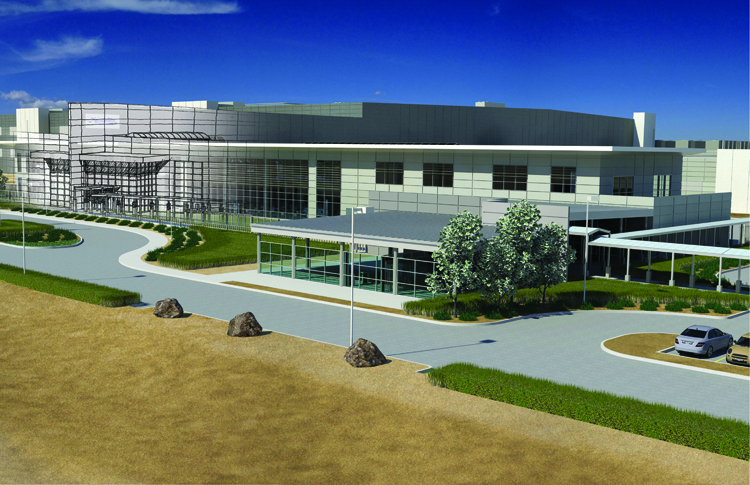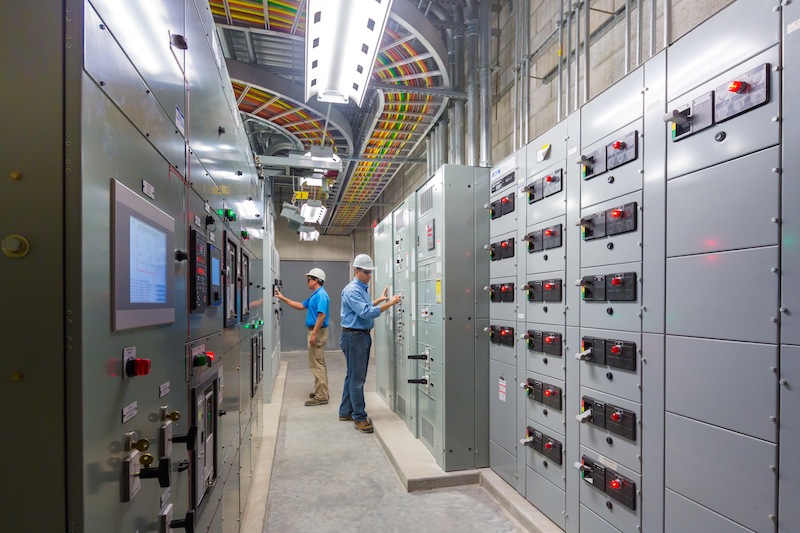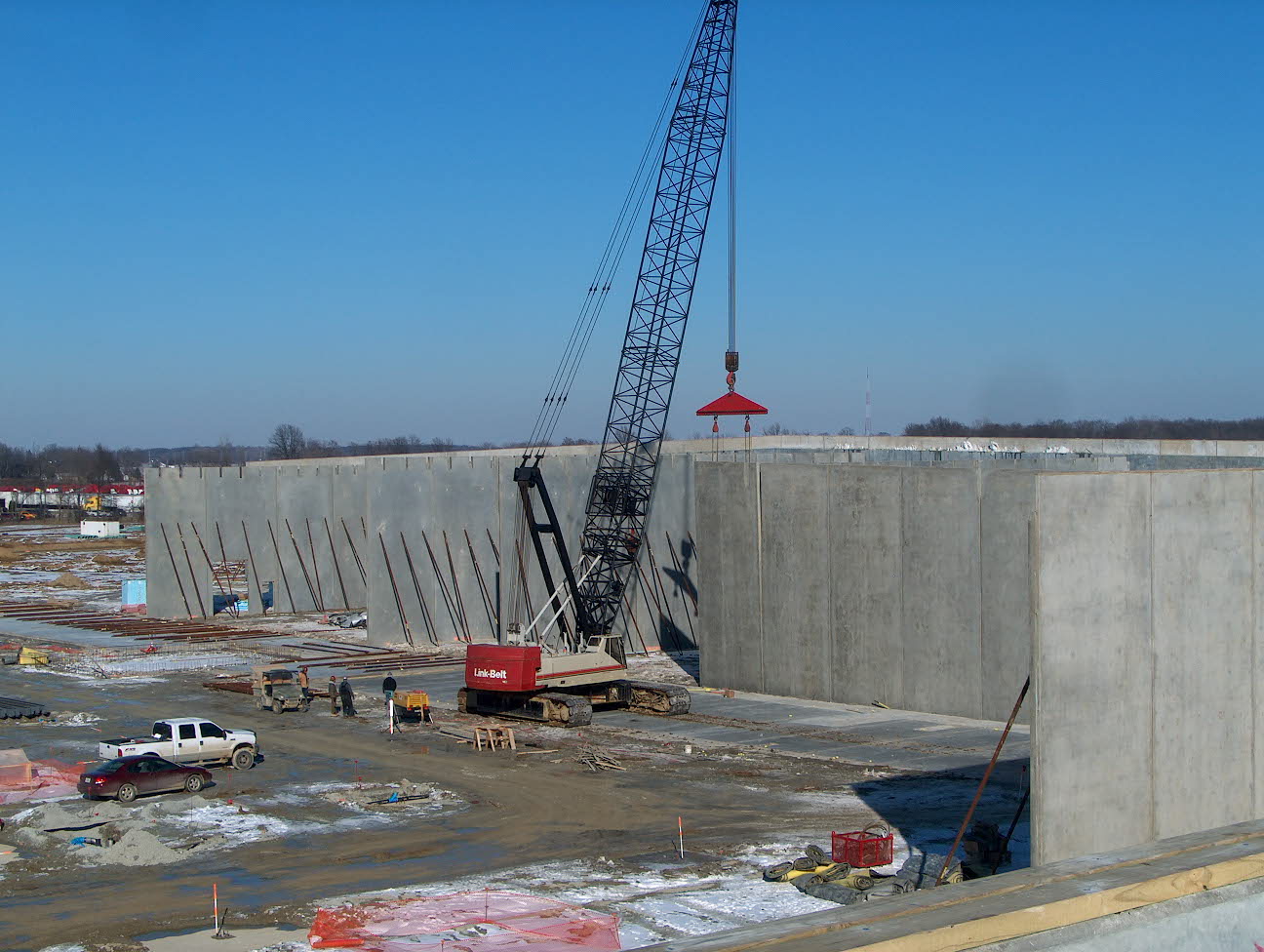Five Advantages of TPO Single-Ply Roofing Systems for Cold Storage Facilities
In cold storage environments, thermoplastic polyolefin (TPO) single-ply roofing systems have become the roofing system of choice due to their energy efficiency, reliability, labor-saving installation, and maintenance advantages.
Continue Reading “Five Advantages of TPO Single-Ply Roofing Systems for Cold Storage Facilities”




